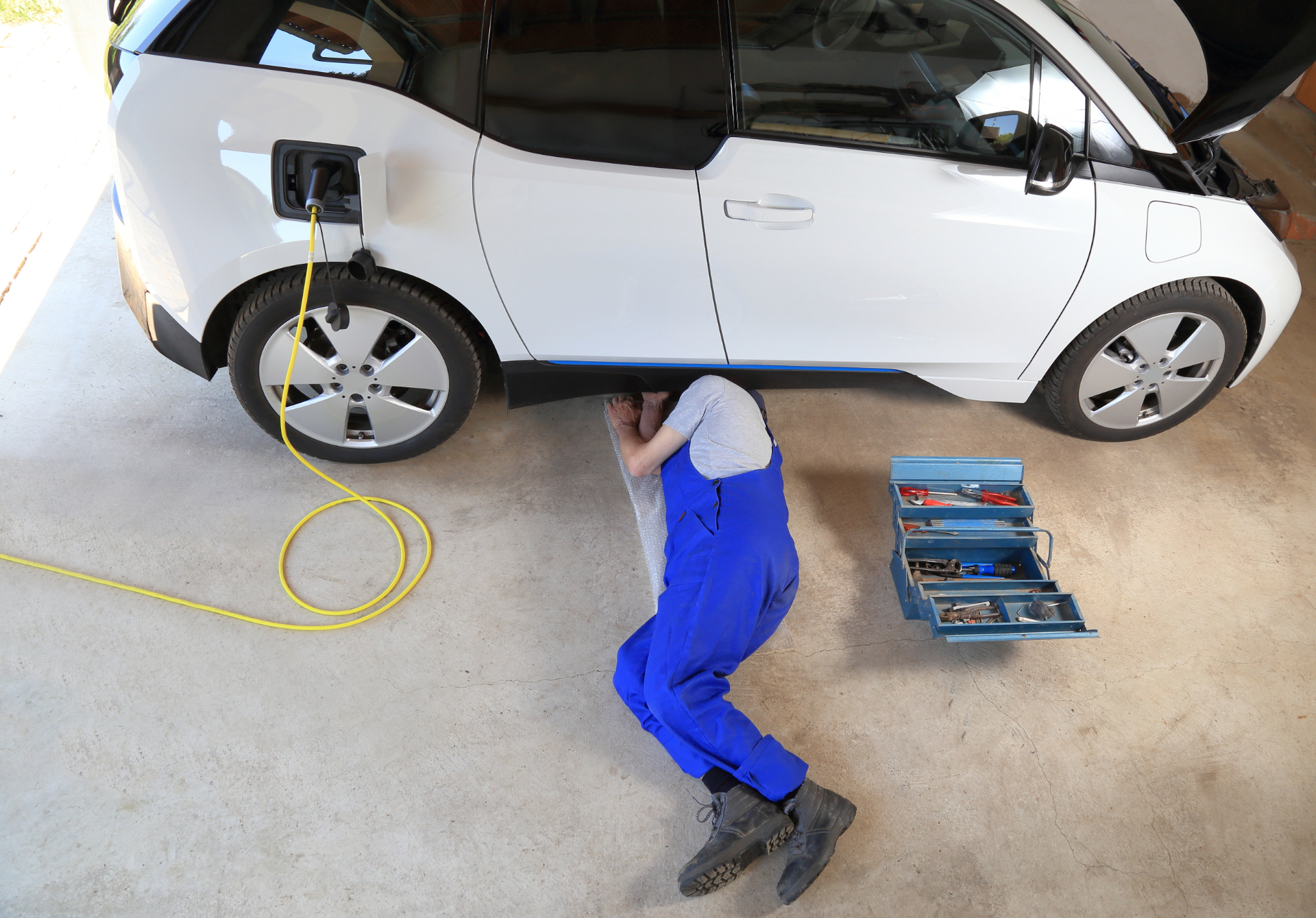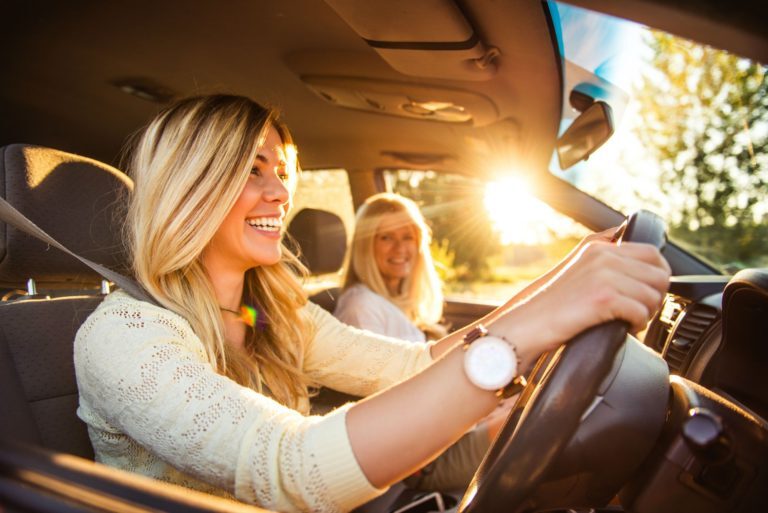 This week’s “Getting to Know” guide focuses on what cruise control is and how it works.
This week’s “Getting to Know” guide focuses on what cruise control is and how it works.
What is cruise control?
Cruise control was first introduced in 1958 by Chrysler. It is a piece of technology that is normally found in the form of buttons on the steering wheel or on a stalk connected to it, which allows you to maintain your speed at a set limit. This leaves you to focus primarily on steering the vehicle and braking in-line with the conditions on the road ahead. Cruise control (see picture) is normally illustrated by a symbol made up of a speedometer with an arrow pointing down on to it.
What type of roads is it ideally suited to?
A regular cruise control system is best suited to fast-flowing routes such as motorways or A-roads, where the same speed can be maintained for a prolonged distance. It tends to be less effective on winding roads, where you have to slow down for corners, or when encountering variable speeds in traffic. It is also not recommended when encountering snow, ice and heavy rain as it can increase the chance of sliding.
What are some of the advantages of cruise control?
Cruise control can make longer journeys more comfortable as it avoids having to put a strain on your legs through having to hold your foot on the accelerator in a set position for extended periods.
The technology can also help to save money as accelerating and braking continuously uses more fuel than compared to when maintaining the vehicle at a consistent speed.
Can cruise control be overridden once it has been set?
Yes, once the desired speed has been set, cruise control can be overridden by pressing the brake pedal which will immediately de-activate the system. Conversely, applying pressure on the accelerator will increase the car’s speed, but when your foot is removed from the pedal, the vehicle will return to the pre-programmed speed.
What is the difference between regular and adaptive cruise control?
Adaptive Cruise Control or ACC, uses a radar, camera or lasers at the front of the car, to detect vehicles ahead of you and maintain a safe distance from them at a set speed. It effectively matches the speed of the vehicle in front, and when the system detects a change in the distance to the car ahead, it will automatically brake or accelerate respectively to avoid you having to manually brake and accelerate. This is however no substitution for keeping your own eyes on the road and having full control of the vehicle.
Where can I find a garage to buy a car with cruise control?
To find a garage that sells new or used cars fitted with cruise control, and that is accredited to The Motor Ombudsman’s Vehicle Sales Code, visit www.themotorombudsman.org/garage-finder.
Image courtesy of Ford


